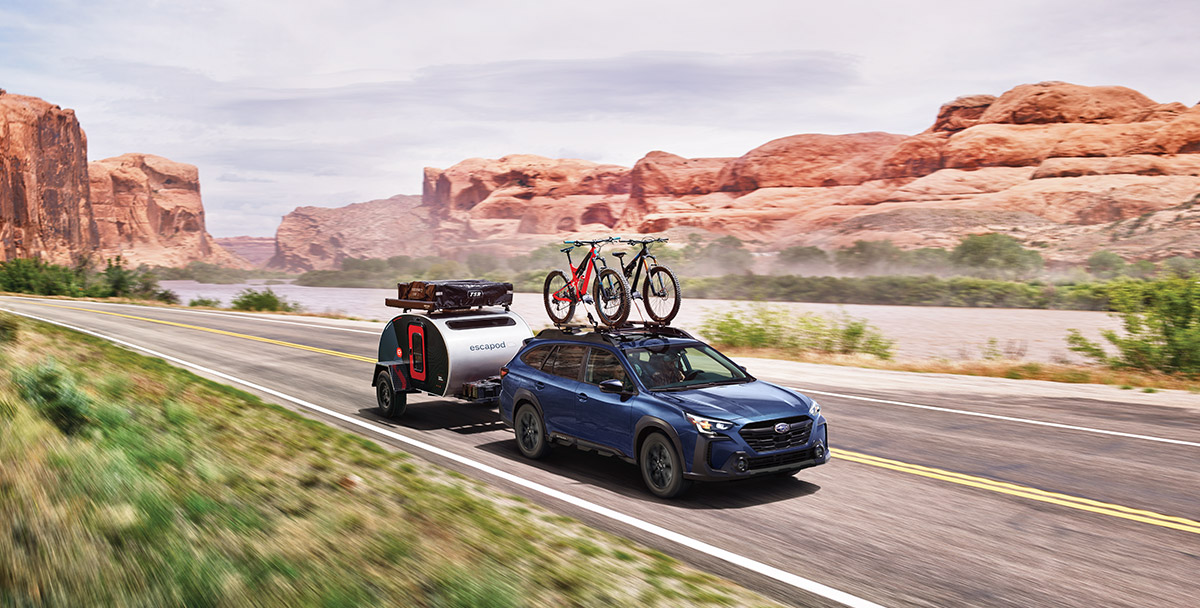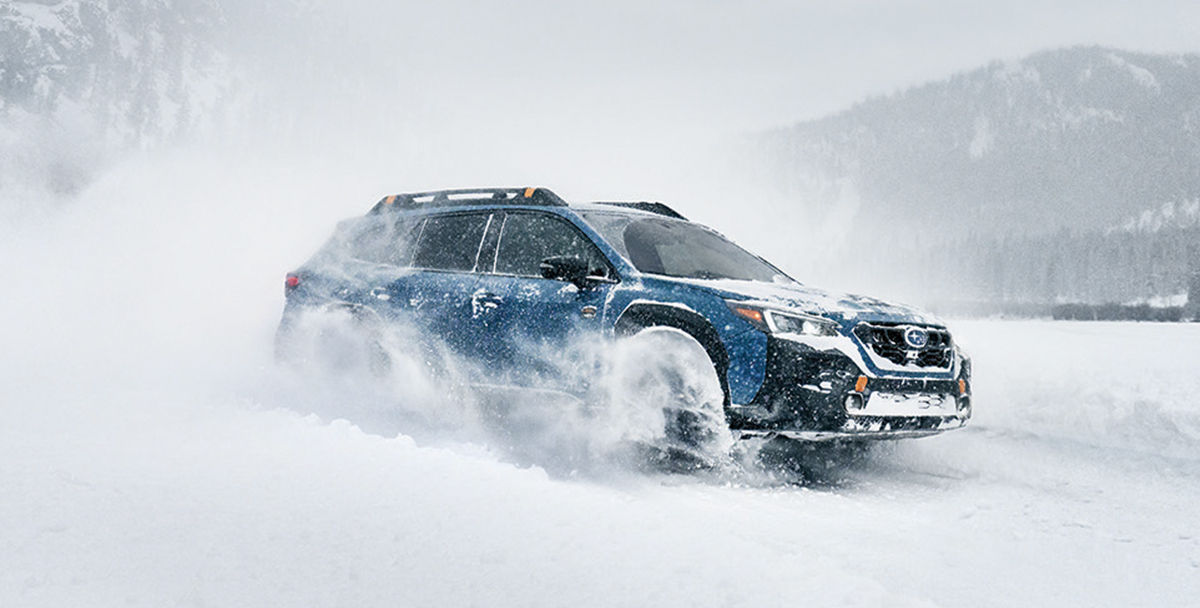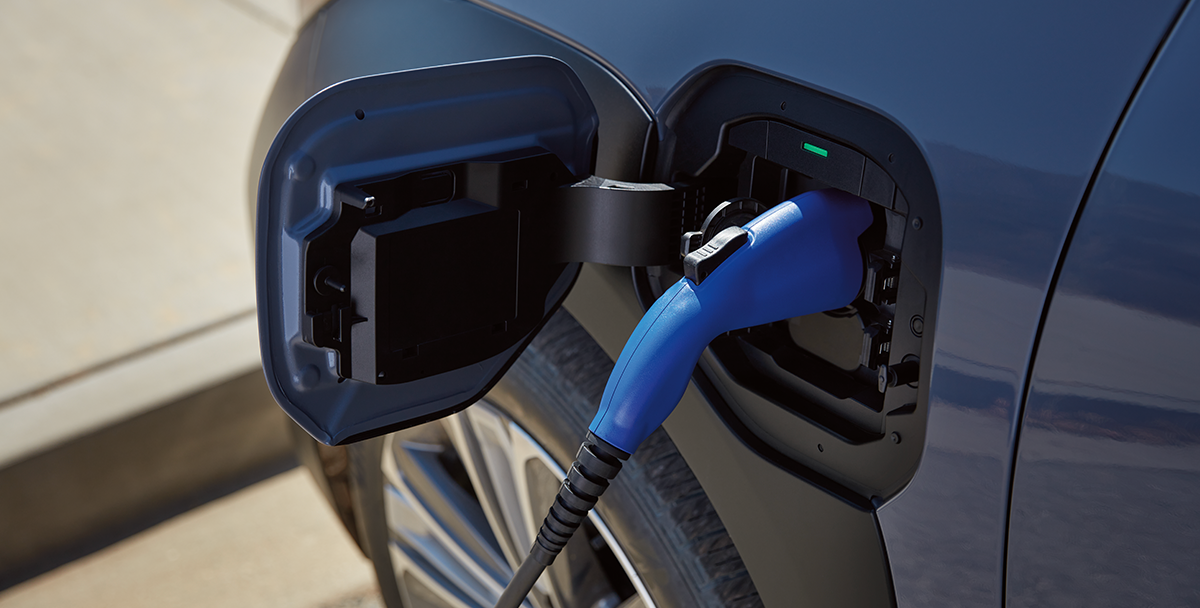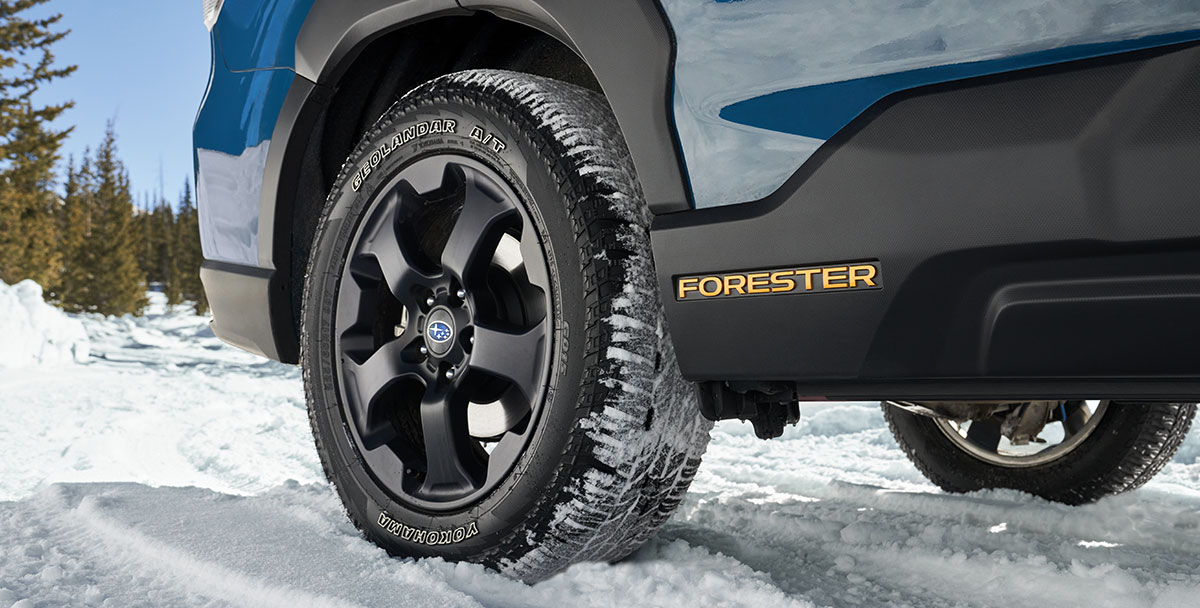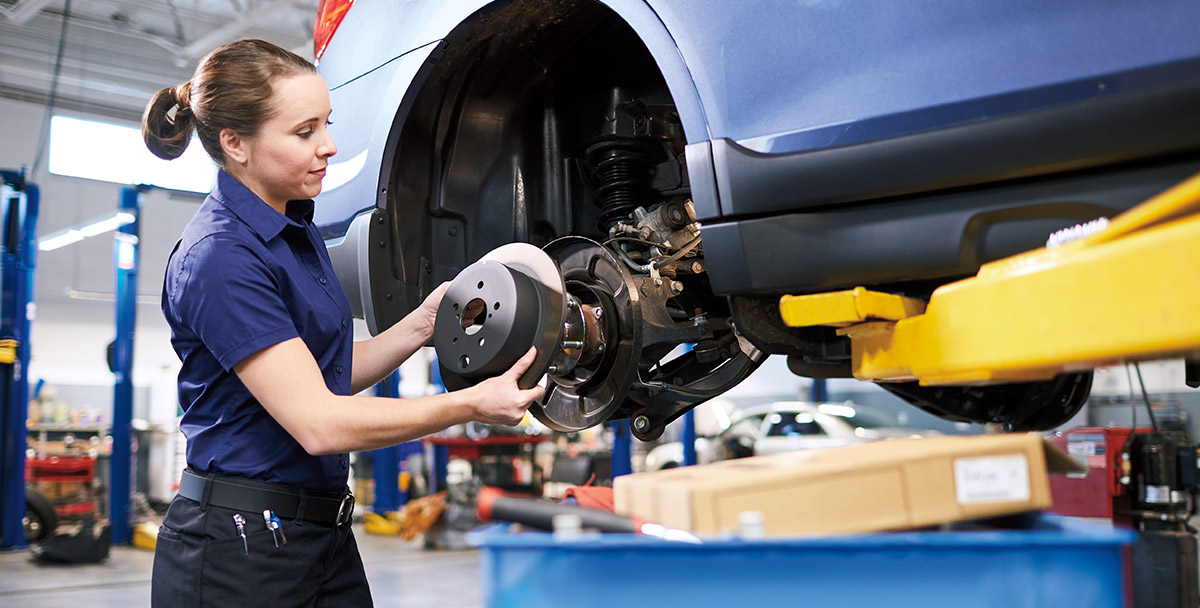If you drive a Crosstrek, Forester, Outback, Legacy or Ascent, your vehicle is designed to run on 87 octane, or regular fuel. Performance Subaru models – the WRX, WRX STI and BRZ – have a premium fuel requirement, but even with those vehicles, check your manual for information on which fuels are appropriate.
Fuel stations in the United States typically offer three or more choices of fuel grades that vary by state. Regulations require that each of these fuel grades is ranked by its octane number, which must be clearly displayed on the pump. The most widely available fuel grades and their octanes, in general, are regular (87), midgrade or plus (89-90), premium (91-92) and super premium (93-94).
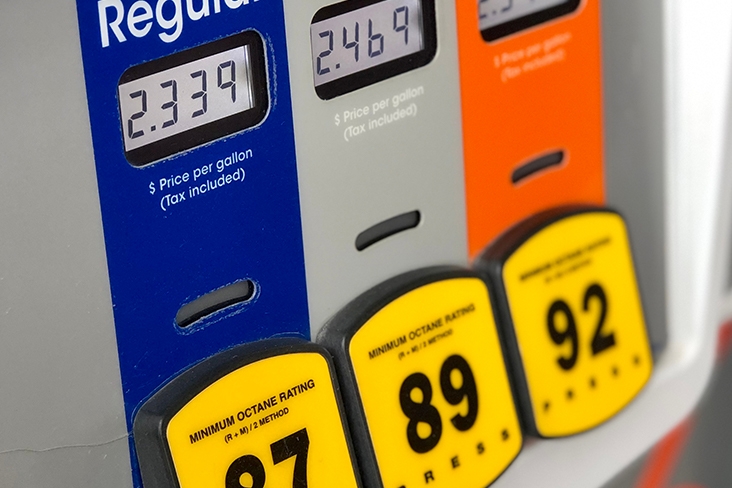
In a gasoline-powered internal combustion engine, fuel mixes with air and is heated by compression inside the combustion chamber. A spark then ignites that mixture and drives the piston sideways in a Boxer Engine, turning the crankshaft and, finally, turning the drive wheels.
In years past, the fuel-air mixture could ignite just by the force of being compressed rather than when the spark was precisely timed to ignite it. It’s a damaging phenomenon known as “preignition,” and it was characterized by a knocking or pinging sound from the engine as it ran.
To reduce this preignition, fuel producers began to measure their fuels against a standard known as isooctane, one of a family of hydrocarbons typically found in gasoline. A fuel’s octane rating has nothing to do with the energy content of the fuel. It only shows how likely that fuel is to preignite.
Every Subaru vehicle built in the past 30 years has relied on an increasingly sophisticated engine management system that constantly monitors the state of combustion inside the cylinders. Knock sensors relay information to the engine management system, and that powerful computer can automatically adjust the ignition timing to make the best use of the fuel in the tank.

According to information from John Gray, Field Quality Assurance Manager with the Subaru of America Service and Quality Department, performance vehicles like the WRX, WRX STI and BRZ are designed to run properly even when the optimal grade of fuel isn’t available.
For the WRX model, the Owner’s Manual states: “The engine is designed to operate using unleaded gasoline with an octane rating of 91 or higher.” However, fuel with an octane rating of 87 or higher can be used with no detriment to engine durability.
You may notice some slight degradation in performance using a lower octane fuel, but the vehicle will automatically adjust engine timing, avoiding a preignition condition.
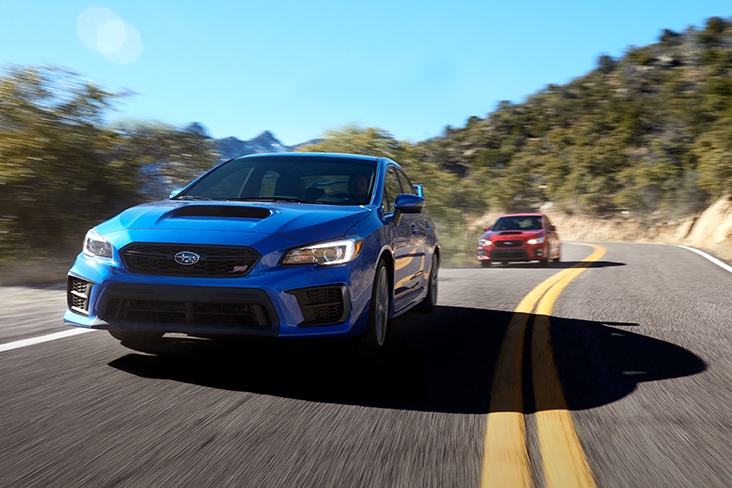
The WRX STI, on the other hand, requires 93 octane. Even so, the Owner’s Manual says that if this grade of fuel isn’t available in your area, 91 octane is acceptable. The WRX, WRX STI and BRZ also have decals inside the fuel lid spelling out fuel requirements.
With the exception of performance vehicles, all other Subaru models are designed to run on 87 octane. Over the course of 15,000 miles per year, using regular 87 octane in a Subaru that doesn’t require a higher level can save you hundreds in additional fuel costs.
